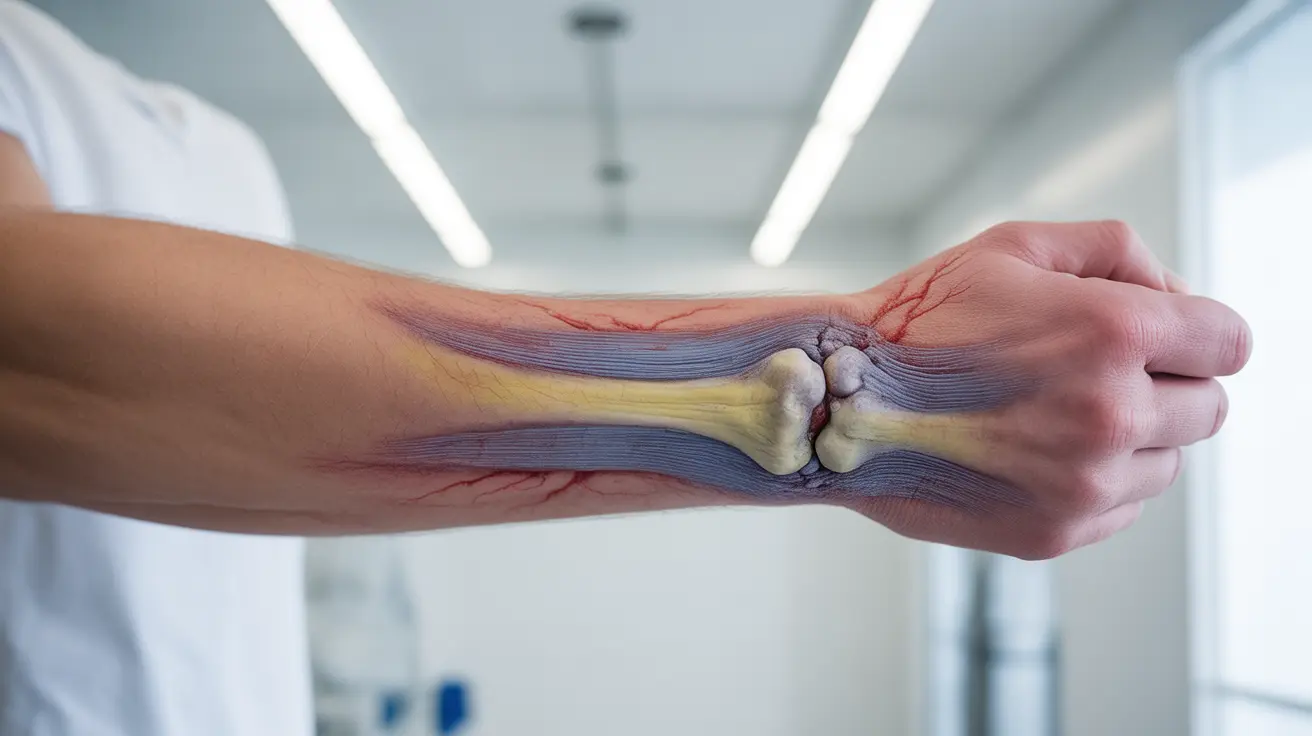A contusion, commonly known as a bruise, occurs when blood vessels beneath the skin break due to trauma, causing blood to leak into surrounding tissues. While most people are familiar with common bruises, understanding the different types of contusions and their proper treatment is crucial for optimal healing and preventing complications.
Whether you're dealing with a simple bruise from bumping into furniture or a more serious bone contusion from athletic activity, knowing how to identify and treat these injuries properly can significantly impact recovery time and outcome.
Types of Contusions and Their Characteristics
Contusions generally fall into two main categories: soft tissue contusions and bone contusions. Each type presents different symptoms and requires specific attention for proper healing.
Soft Tissue Contusions
Soft tissue contusions affect the skin and underlying muscles. They typically appear as:
- Purple or blue discoloration initially
- Changes in color as healing progresses (blue to green to yellow)
- Tenderness to touch
- Mild swelling in the affected area
Bone Contusions
Bone contusions are more severe and occur when the bone itself is affected. These injuries present with:
- Deep, persistent pain
- Significant swelling
- Limited range of motion
- Pain that worsens with weight-bearing activities
Immediate Treatment and Management
The RICE method forms the foundation of immediate contusion treatment:
- Rest: Avoid using the injured area
- Ice: Apply cold packs for 15-20 minutes at a time
- Compression: Use an elastic bandage to reduce swelling
- Elevation: Keep the injured area above heart level when possible
Additional Treatment Measures
Beyond RICE, several other treatment approaches can help manage contusions:
- Over-the-counter pain relievers
- Gentle stretching once initial healing begins
- Gradual return to normal activities
- Protection of the injured area during healing
Prevention and Long-term Care
Preventing contusions and ensuring proper healing involves several key strategies:
- Wearing appropriate protective gear during sports
- Maintaining good balance and coordination
- Ensuring adequate vitamin D and calcium intake
- Following proper rehabilitation protocols when recovering
When to Seek Medical Attention
While many contusions heal on their own, certain symptoms warrant professional medical evaluation:
- Severe pain that doesn't improve with rest
- Inability to bear weight or move the affected area
- Numbness or tingling sensations
- Large areas of swelling or discoloration
- Signs of infection (increased warmth, redness, fever)
Frequently Asked Questions
What are the common symptoms of a contusion and how can I tell if it is a bone contusion or a soft tissue bruise? Bone contusions typically cause deep, persistent pain that worsens with movement and weight-bearing activities, while soft tissue bruises show visible discoloration and tend to be more superficial. Bone contusions usually cause more significant limitation in movement and take longer to heal.
How should I treat a contusion at home using the RICE method and when should I see a doctor? Follow the RICE protocol: Rest the affected area, Ice it for 15-20 minutes several times daily, Compress with an elastic bandage, and Elevate above heart level. See a doctor if you experience severe pain, inability to move the affected area, or signs of infection.
What causes bone contusions, and why do they take longer to heal than regular bruises? Bone contusions occur from direct trauma or repetitive impact to the bone. They take longer to heal because bone tissue has less blood supply than soft tissue, and the healing process requires more extensive cellular repair and regeneration.
Can contusions lead to complications, and how can I prevent worsening or prolonged pain? Yes, contusions can lead to complications such as compartment syndrome or myositis ossificans. Prevent worsening by following proper treatment protocols, avoiding premature return to activities, and protecting the injured area during healing.
Are there specific supplements or medications recommended to help with contusion healing? Over-the-counter pain relievers can help manage pain and inflammation. Some healthcare providers may recommend vitamin C, zinc, and protein supplements to support tissue healing, though it's important to consult with a healthcare provider before starting any supplement regimen.




